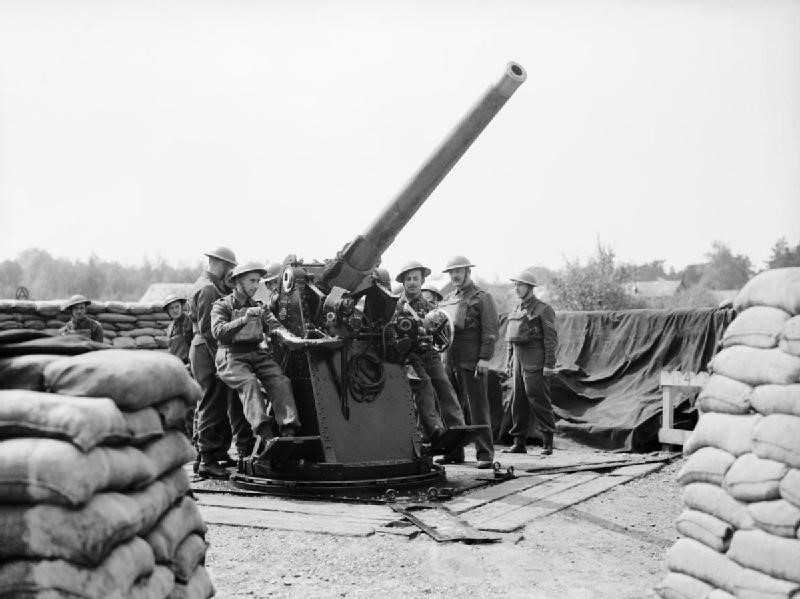
| Year | 1922 |
| Weapon Type | Medium Anti-Aircraft Gun |
| Origin & Designer | Britain/Vickers |
| Numbers Produced | 541 |
| Crew | 7 |
| Calibre | 76.2mm (76.2x420R) |
| Elevation | -10° to +90° |
| Traverse | 360° |
| Breech | Wellin Screw |
| Recoil | Hydropneumatic |
| Gun Sight | Vickers Predictor No2 |
| Gun Mount | Circular Platform |
| Carriage | Four Wheeled Trailers |
| Trailers | [@trailers] |
| Gun Shield | [@gun_shield] |
| Armoured Plate | [@armoured_plate] |
| Barrel Length | 3.450mm (L/45) |
| Overall Length | 7.468m |
| Width | 2.30m |
| Height | 2.80m |
| Weight | Weight in Transit: 5.125 kg Weight in Action: 2.721 kg |
| Round Weight | HE: (Mk. IIB) 12.7 kg AP: (MK.V) 12.7 kg |
| Muzzle Velocity | 610 m/s |
| Feed | [@feed] |
| Magazine Capacity | [@magazine_capacity] |
| Practical Rate of Fire | 16 r.p.m. |
| Rate of Fire | [@rate_of_fire] |
| Maximum Rate of Fire | 20 r.p.m. |
| Maximum Ceiling | 4.900m |
| Maximum Ground Range | 7.680m |
| Maximum Range | [@maximum_range] |
| Armour Penetration | 113mm @ 1000m @ 30° |
| Traction | Motorized (Peerless 4 Ton Truck) |
| Variants | [@variants] |
| Notes | One of the first AA guns ever to be developed, the 3-Inch was still in use in 1940 and many were lost in France while in action with the BEF. Some remained in service on the home front, but by 1941 the British had replaced most of them with the modern 3.7in. |